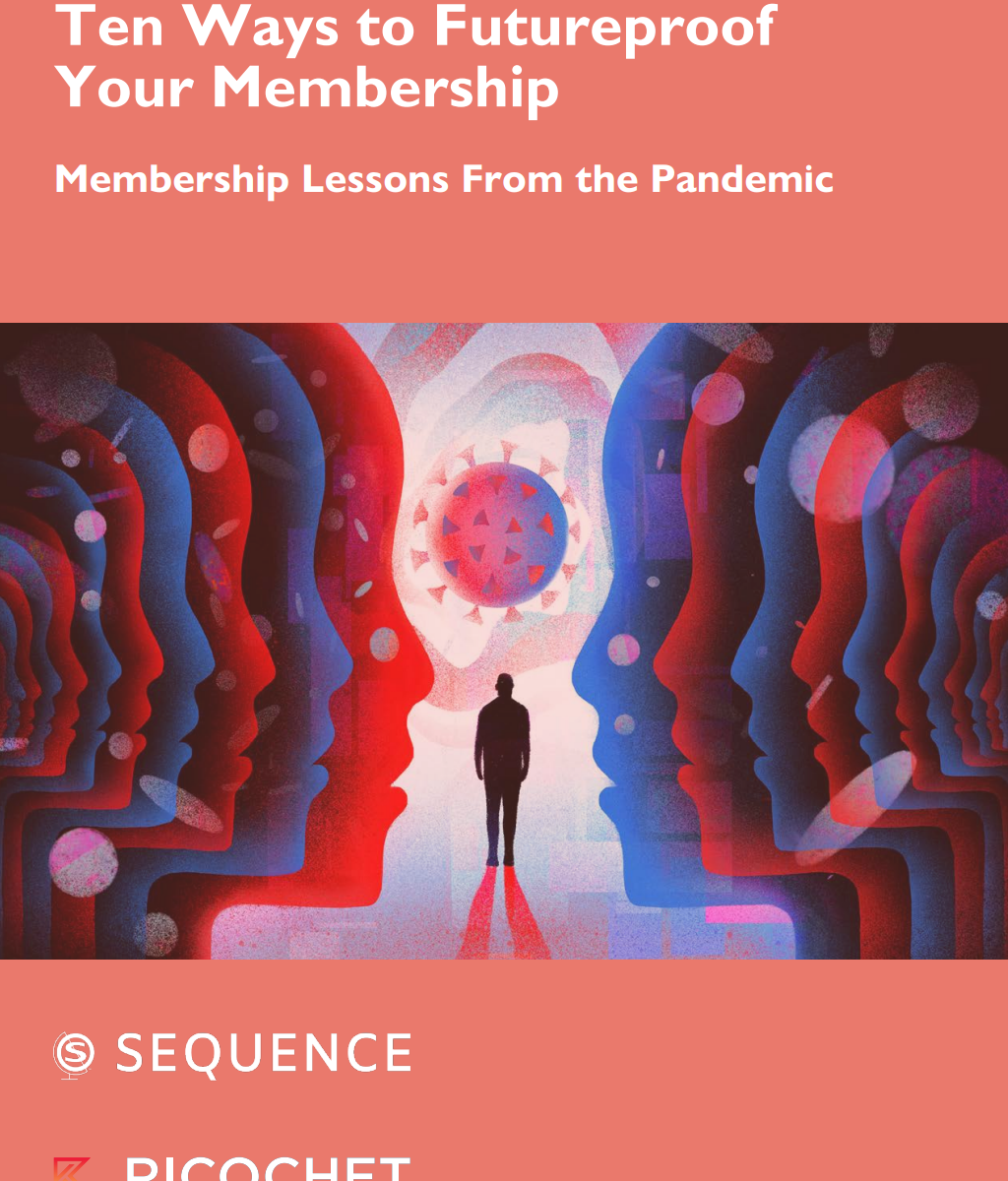
How To Attract & Recruit Younger Members To Your Association
Author: Debbie Willis Gen Z is more connected, tech-savvy, and driven by purpose than generations before theirs. As they enter the workforce, they’re looking for

Author: Debbie Willis Gen Z is more connected, tech-savvy, and driven by purpose than generations before theirs. As they enter the workforce, they’re looking for

Discover the latest Association Management Trends for 2024, including strategies for membership growth, revenue diversification, and innovative membership models.

Are you struggling to be your members’ first choice? Learn how to stand out in a crowded market and become the organization they can’t live without.

Discover key insights from top executives who successfully navigated the pandemic in this research study. Learn how they achieved lasting results.

Discover how associations can drive engagement by tapping into their nonmember customer base, often overlooked but rich with growth opportunities.

Unlock the potential of your association by focusing beyond just member retention. Discover how non-member relationships can drive growth and boost revenue.

Most associations segment their membership in the same way: by career stage. So young professionals might be one segment, mid-career folks another, and so on into retirement. They do it this way because it seems obvious, and it’s easy – but is there a chance it’s wrong?

Many of the lessons associations were forced to learn during the pandemic have relevance enduring beyond this past year. The expectations of organization members across the board have changed forever.
Client Testimonials

“If your organization needs a strategic roadmap and to change your perspective, I would give them an A++. Their approach to working with clients is one others should emulate.”
Tim Licitra
Executive Director, IEEE Power & Energy Society

“Our membership doubled in the last three years. Sequence helped us lean into our purpose, restructure our model, and reframe our value proposition to deliver what our members needed most.”
Margaret Mueller, PhD
CEO, Executives Club of Chicago

“Working with Sequence, our organization grew ten times over, we entered entirely new industries and expanded our industry consortia by five times. All within three years.”
David Schutt, Ph.D.
CEO, SAE International

“Our results with Sequence Consulting were phenomenal. It was massively successful. They have great experience they deliver a lot of value.”
Ian King
Chief Strategy Officer, American Psychological Association